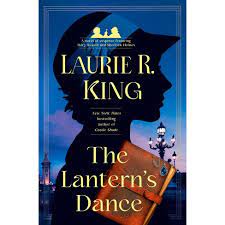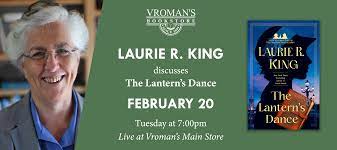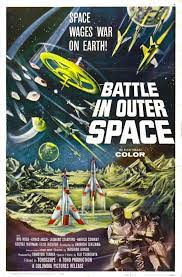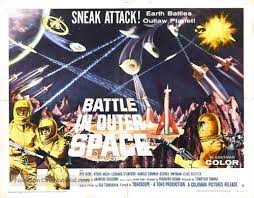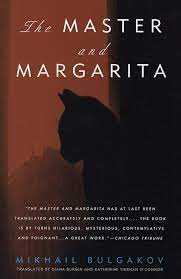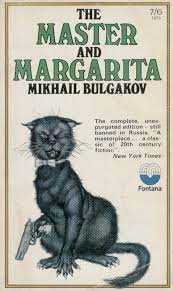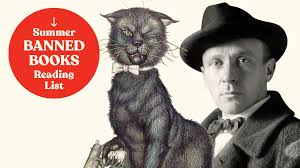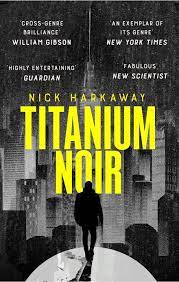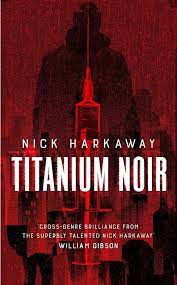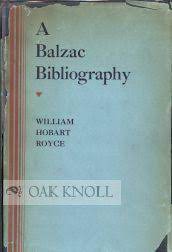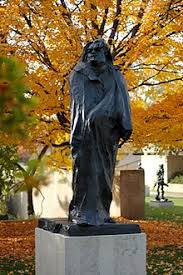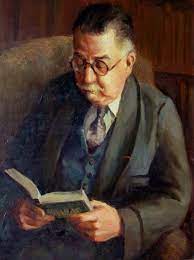Girl Waits with Gun (2015) by Amy Stewart
Good Reads meta-data is 408 pages, rated 3.77 by 31,854 litizens.
Genre: Krimi.
DNA: Yankee 1914.
Verdict: Pluck galore.
Tagline: Conny got her gun.
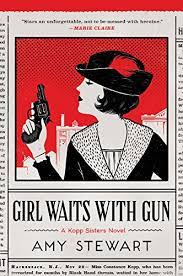
When in 1914 the arrogant and not very bright young company town mill manager, drives his new-fangled auto-mobile into Constance Kopp’s horse drawn carriage outside Paterson New Jersey, he meets a woman who fights back. Barely stopping he refuses to acknowledge fault or pay compensation, and buzzes off. Constance (Connie to me) doesn’t take ‘No’ for an answer and pursues him by fair means or foul for restitution.
He retaliates, so unaccustomed is he to being held responsible for his stupid actions as a rich man’s son, he ignores her and then turns even uglier. The town police have no interest in challenging the son of the owner of the town in all but name, but the county sheriff has his own reasons for taking up the case.
Escalation follows as the young man’s threats take the form of bricks and bullets, and the sheriff, seeing in Constance someone who is constant, gives her shooting lessons against the final solution.
In the course of digging into the owner’s many other misdeeds, Constance is reminded of one of her own. Ahem. Not all is as it seems among the three Kopp sisters living alone on a farm outside of town. There are a lot of back- and side-stories. [Yawn.]
Nonetheless, justice is done, though less because of the sheriff’s considerable efforts, and the dire risks Constance took, than the revulsion of the manager’s family at his criminal actions. Bit late in coming that. Without the family behind him, he was suddenly alone. Very neat but a long time in coming.

The time and place are well realised and the characters are differentiated from the repellent plutocrat to the cross-pressured sherif and the sisters themselves alike but different. First in a series: Miss Kopp Won’t Quit, Dear Miss Kopp, Kopp Sisters on the March, Miss Kopp’s Midnight Confessions, Lady Cop (Kopp) Makes Trouble, Miss Kopp Investigates, and counting.

